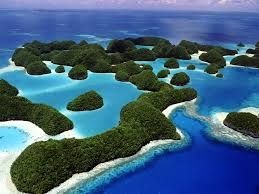
The Melting Pot Of Marine Species: Galapagos
The Galapagos Islands are located 620 miles (1,000 kilometers) from the South American mainland. This Island had no original inhabitants. They were discovered in 1535 by Tomas de Berlanga, the Spanish Bishop of Panama, when his ship drifted by the islands. The Galapagos Islands first appeared on maps in the late 16th century. The first navigation chart of the Galapagos Islands was done by the buccaneer Ambrose Cowley in 1684, and he reportedly named the individual islands after some of his fellow pirates, as well as European nobility. Until the early 19th century, the islands were used as a hideout by pirates who pilfered Spanish galleons carrying gold and silver.
Its surrounding waters, located where three ocean currents converge, are famed for the unique animal species. The actively volcanic islands are home to fascinating creatures found nowhere else on Earth, including marine iguanas, giant tortoises, flightless cormorants, and a diverse variety of finches. The archipelago and its immense marine reserve is known as the unique ‘living museum and showcase of evolution’. Its geographical location makes it one of the richest marine ecosystems in the world. Most exciting for visitors is the lack of fear and even curiosity with which the Galapagos animals typically regard humans.



